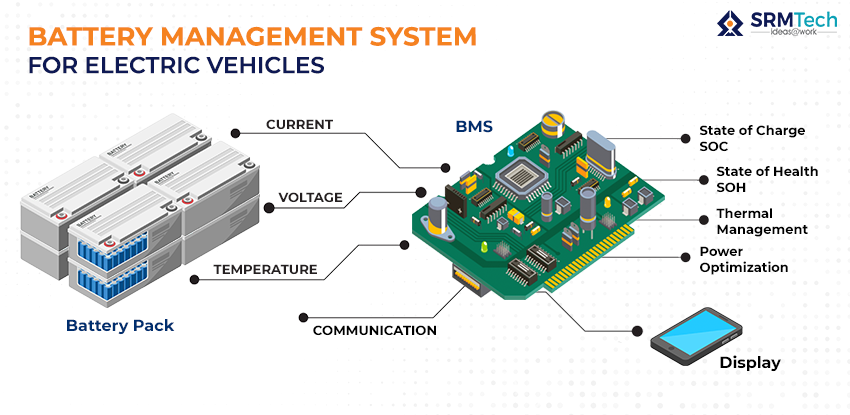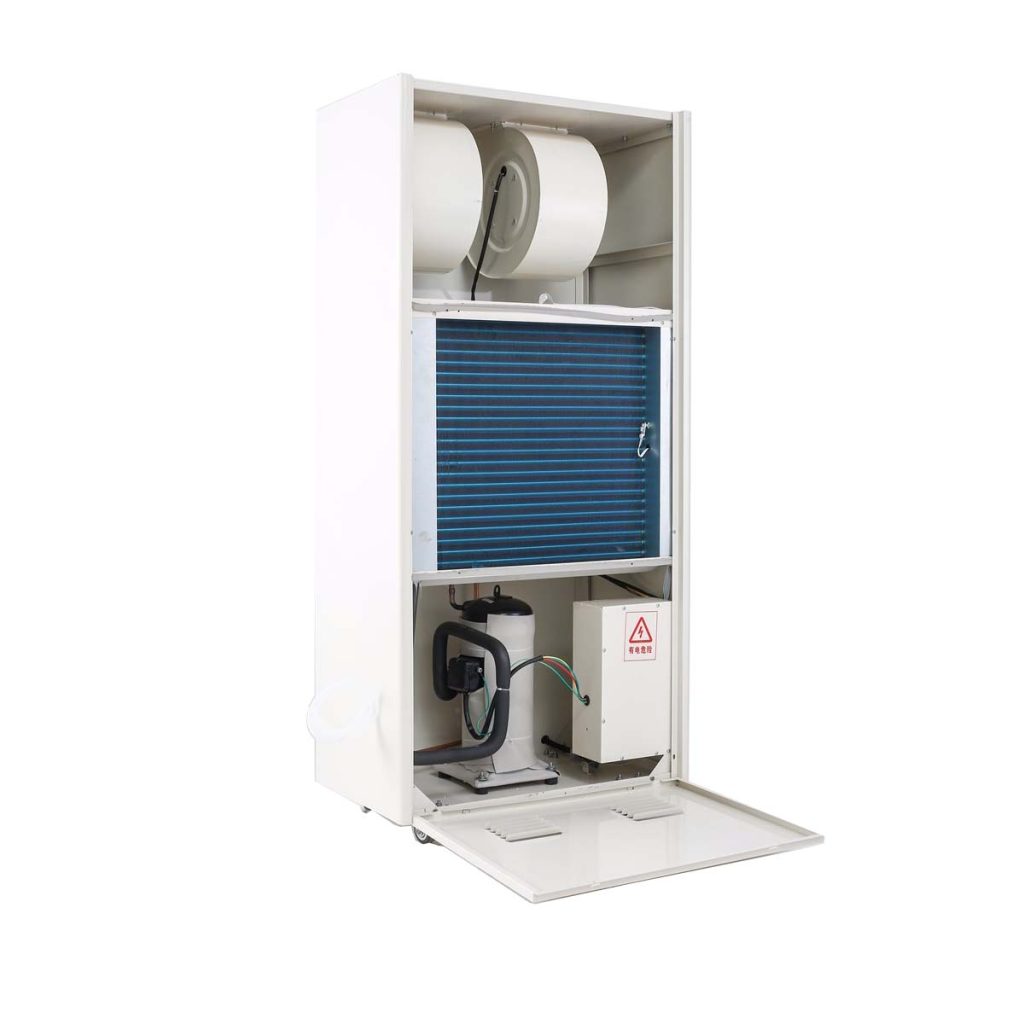In today’s fast-paced business environment, maintaining optimal indoor air quality is more critical than ever. One of the most effective tools for achieving this is a commercial dehumidifier. Whether you’re managing a hotel, a warehouse, or an industrial facility, understanding how to choose the right dehumidifier can significantly impact your operations, energy costs, and overall comfort.
This guide will walk you through everything you need to know about commercial dehumidifiers, from their key differences from residential models to installation tips and maintenance best practices.
Understanding Commercial Dehumidifiers
Commercial dehumidifiers are specifically designed to manage moisture levels in large spaces such as offices, warehouses, and industrial facilities. Unlike residential units, which are typically portable and smaller in scale, commercial dehumidifiers are built for durability and efficiency in high-traffic, high-moisture environments.
Key Differences Between Residential and Commercial Dehumidifiers
-
Size and Capacity:
Commercial dehumidifiers are larger and capable of handling higher volumes of air. They often have capacities ranging from 650 CFM (cubic feet per minute) to 14,000 CFM, making them ideal for large areas. -
Construction and Durability:
These units are constructed with heavy-duty materials like galvanized steel, copper, and aluminum, ensuring they can withstand the demands of continuous use in commercial settings. -
Control Systems:
Commercial dehumidifiers come equipped with advanced control systems, including programmable digital displays and remote controllers, allowing for precise humidity management. -
Noise Level:
While residential units are designed for quiet operation, commercial models may produce more noise due to their higher capacity and airflow. -
Regulatory Compliance:
Commercial dehumidifiers are often certified by regulatory bodies to meet safety and performance standards, providing businesses with added assurance.
Types of Commercial Dehumidifiers

There are two primary types of commercial dehumidifiers: refrigerant and desiccant.
Refrigerant Dehumidifiers
Refrigerant dehumidifiers work by cooling the air until moisture condenses on a coil, which is then collected and drained. These units are most effective in environments where the ambient temperature is above 50°F.
Advantages:
– Efficient in moderate to warm climates
– Lower initial cost
Disadvantages:
– Less effective in cold environments
– Require regular cleaning of coils
Desiccant Dehumidifiers
Desiccant dehumidifiers use a rotating wheel made of hygroscopic material to absorb moisture from the air. They are ideal for low-temperature applications and environments with high humidity.
Advantages:
– Effective in cold or damp conditions
– Provide consistent humidity control
Disadvantages:
– Higher energy consumption
– More complex maintenance
Design Options for Commercial Dehumidifiers

Commercial dehumidifiers come in various configurations to suit different needs:
Horizontal vs. Vertical Units
-
Horizontal Units:
These are wider and shorter, making them suitable for spaces with limited headroom. They can be mounted on the floor or suspended from the ceiling. -
Vertical Units:
These are taller and require more headroom but have a smaller footprint, making them ideal for areas with limited floor space.
Rooftop Curb-Mounted Units
These units are designed for outdoor applications and are often used in commercial buildings with rooftop HVAC systems.
BMS Controls
Building Management System (BMS) controls allow for integration with existing HVAC systems, offering greater control and efficiency.
Installation Steps for Commercial Dehumidifiers

Proper installation is crucial for the effectiveness and longevity of a commercial dehumidifier. Here are five key steps to follow:
1. Choose the Right Type and Size
Before installation, determine the appropriate type and size of dehumidifier based on the area you need to cover. Consider factors such as square footage, humidity levels, and ambient temperature.
2. Pick the Best Location
Place the dehumidifier in an area with adequate airflow and access to power. Ensure it is not placed in a corner or too close to furniture. For optimal performance, consider placing it in the center of the room or using a wall-mounted or overhead model.
3. Select a Drainage Method
Choose between gravity drainage or an internal pump depending on your setup. Gravity drainage requires proximity to a drain, while an internal pump allows for flexible placement.
4. Set Your Preferred Humidity Level

Adjust the humidity level using the onboard controls or a remote humidistat. The ideal range for most commercial spaces is between 35% and 45%.
5. Observe Proper Maintenance
Regular maintenance is essential to keep your dehumidifier running efficiently. Clean filters, check for mold buildup, and ensure proper airflow.
Benefits of Using a Commercial Dehumidifier
-
Saves Your Air Conditioner:
A dehumidifier reduces the workload on your AC unit, helping to lower energy bills and extend its lifespan. -
Reduces Allergies:
By controlling humidity, dehumidifiers help prevent the growth of mold, mildew, and dust mites, reducing allergy triggers. -
Improves Indoor Air Quality:
Maintaining optimal humidity levels enhances comfort and promotes a healthier indoor environment.
Conclusion
Choosing the right commercial dehumidifier is essential for maintaining a comfortable and healthy indoor environment. Whether you’re managing a hotel, a warehouse, or an industrial facility, understanding the differences between residential and commercial models, selecting the right type, and following proper installation and maintenance procedures will ensure long-term performance and efficiency.
By investing in a high-quality commercial dehumidifier, you can protect your business, improve air quality, and reduce energy costs—all while creating a more comfortable space for employees and customers alike.
Author Section
Author: Sarah Mitchell
Title/Role: HVAC Specialist and Content Writer
Credentials: With over a decade of experience in the HVAC industry, Sarah has worked with leading manufacturers to develop and promote dehumidification solutions for commercial and industrial clients. She specializes in writing informative content that helps businesses make informed decisions about their environmental control systems.
Profile Link: Sarah Mitchell’s Profile
Sources
- DCA Dehumidifiers – Official Website
- U.S. Environmental Protection Agency – Indoor Air Quality
- ASHRAE – Humidity Control in Buildings
Related Articles
- How to Choose the Right Dehumidifier for Your Home
- The Importance of Humidity Control in Industrial Settings
- Top 5 Commercial Dehumidifier Brands in 2025
Call to Action
Stay updated with the latest trends and innovations in commercial dehumidification. Explore our resources and contact us for expert advice on choosing the right solution for your business.











More Stories
How to Claim Your Joy in League of Legends: A Step-by-Step Guide
What is WSET? A Comprehensive Guide to Wine Education
How Will VA Compensation Be Affected by a Government Shutdown?